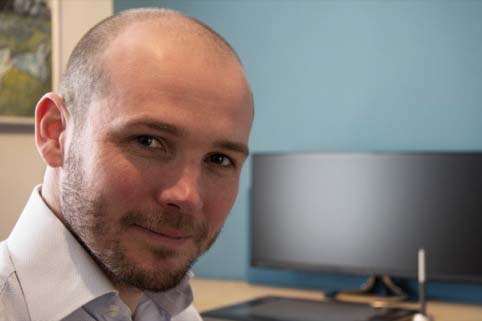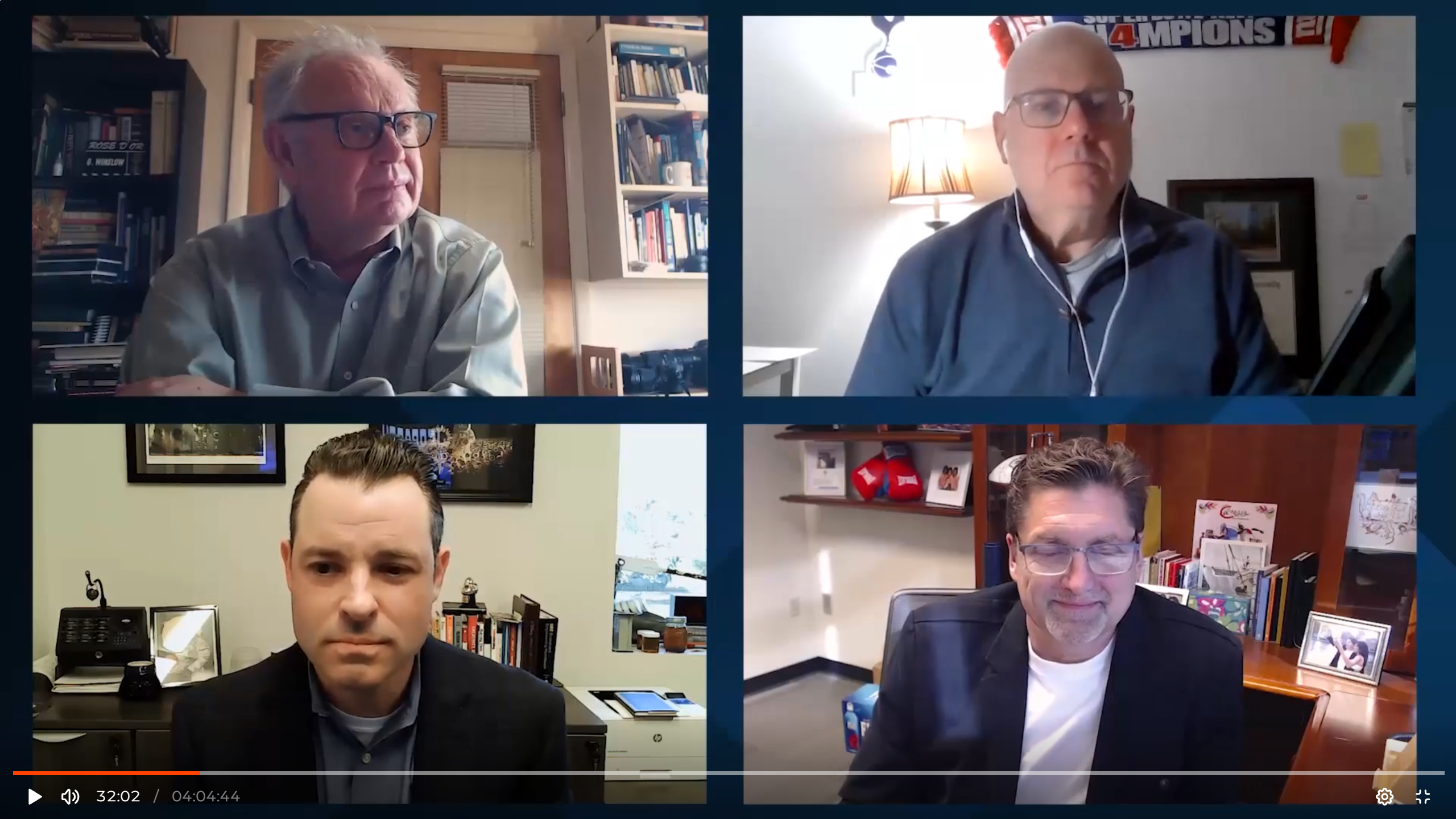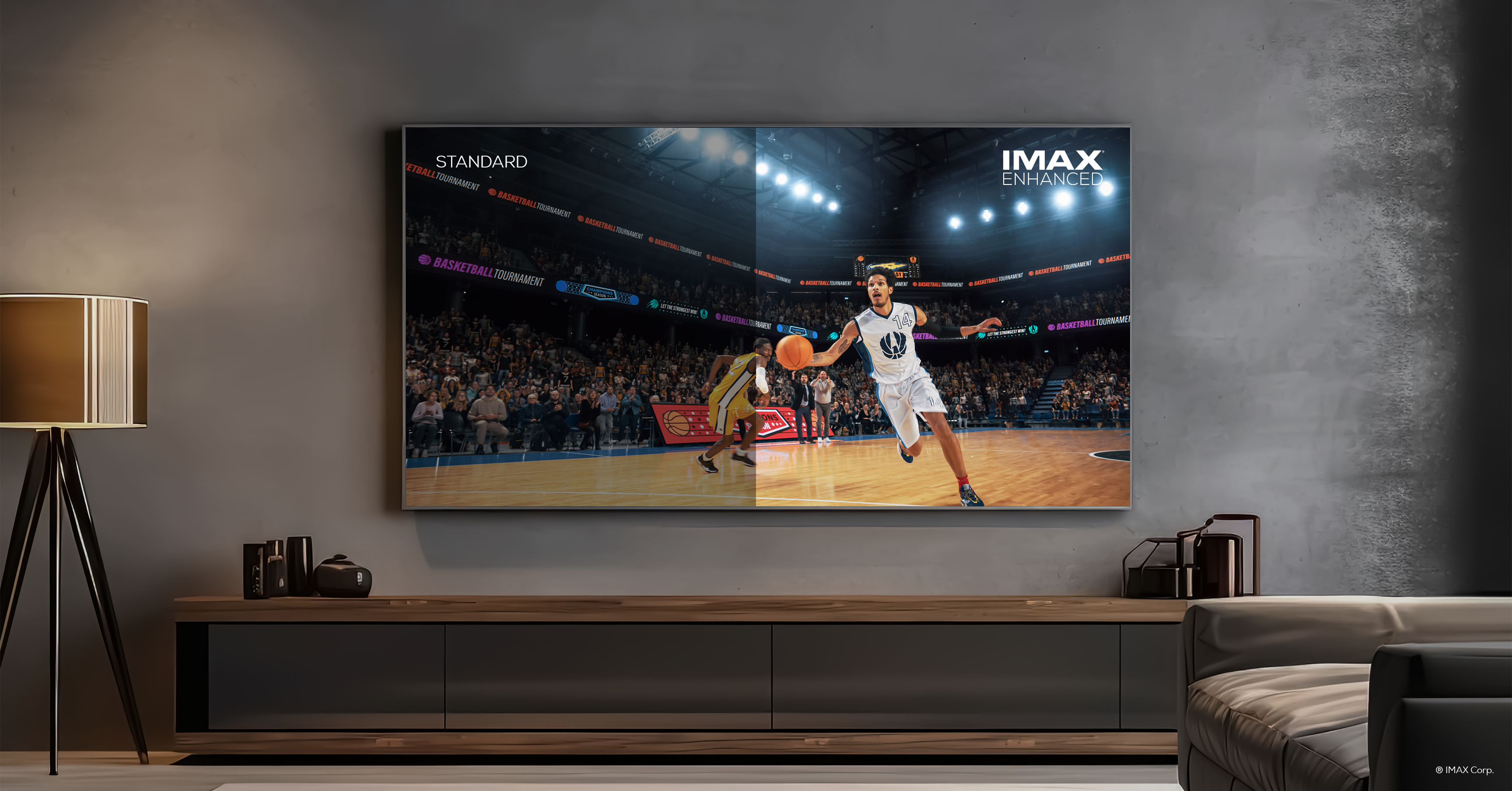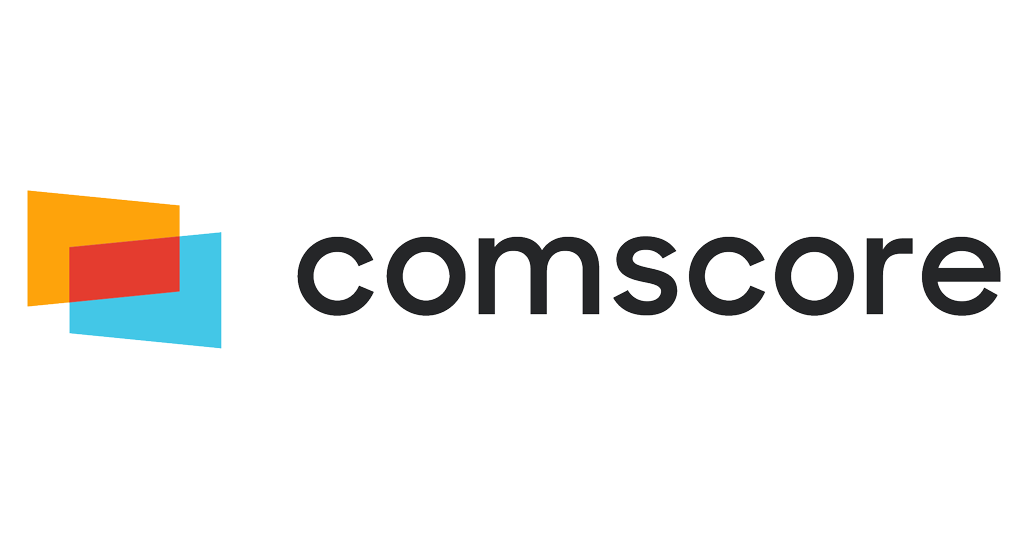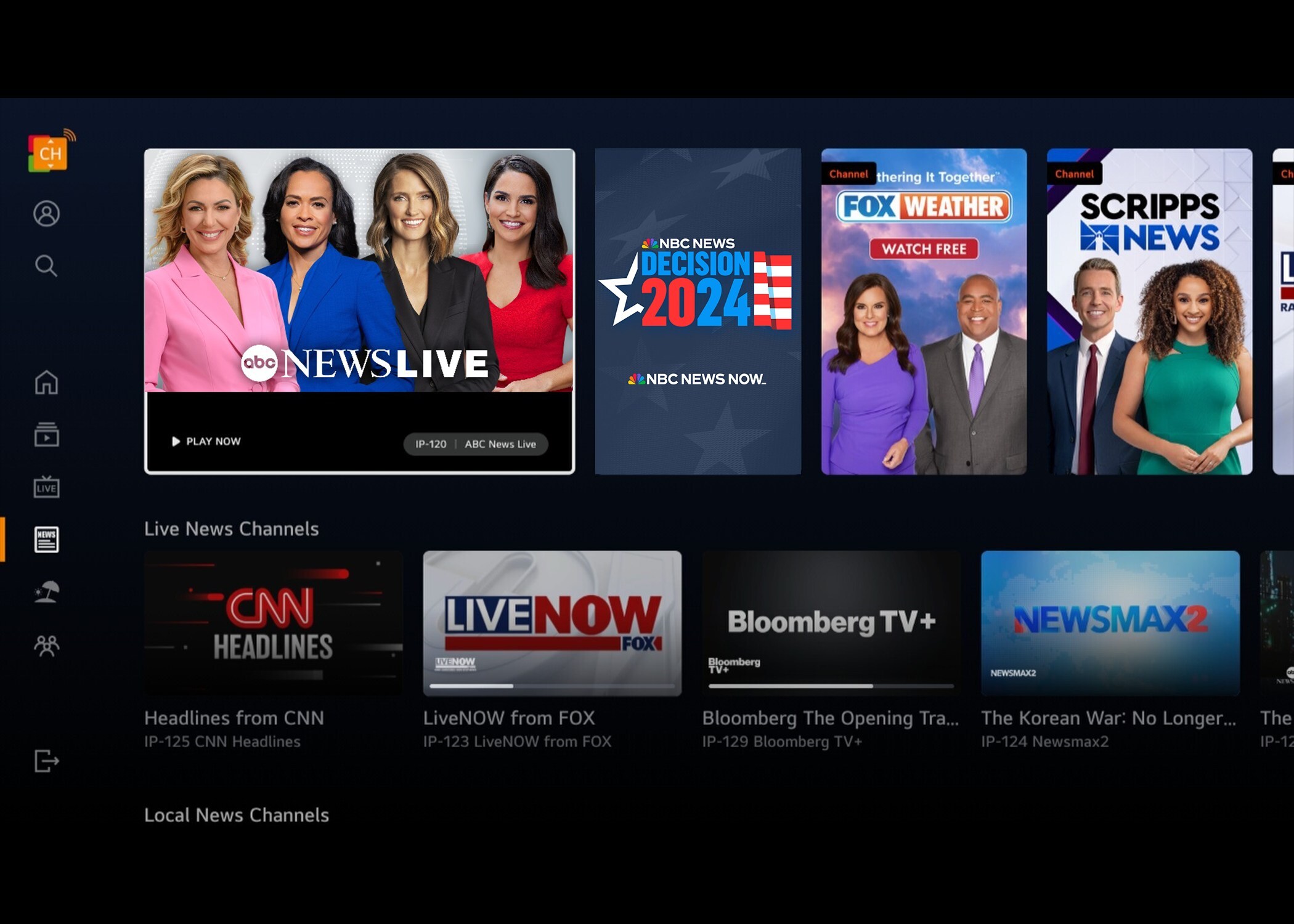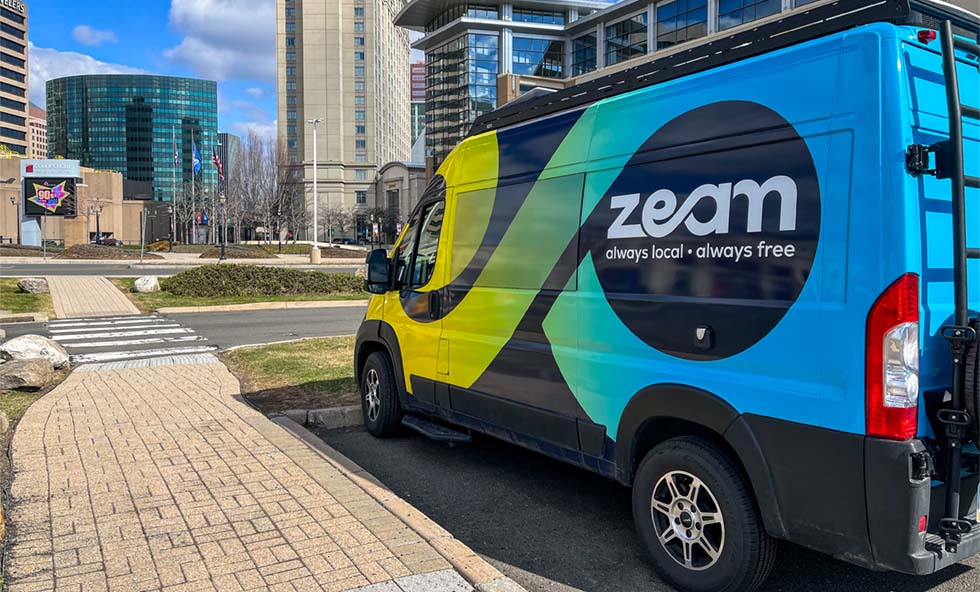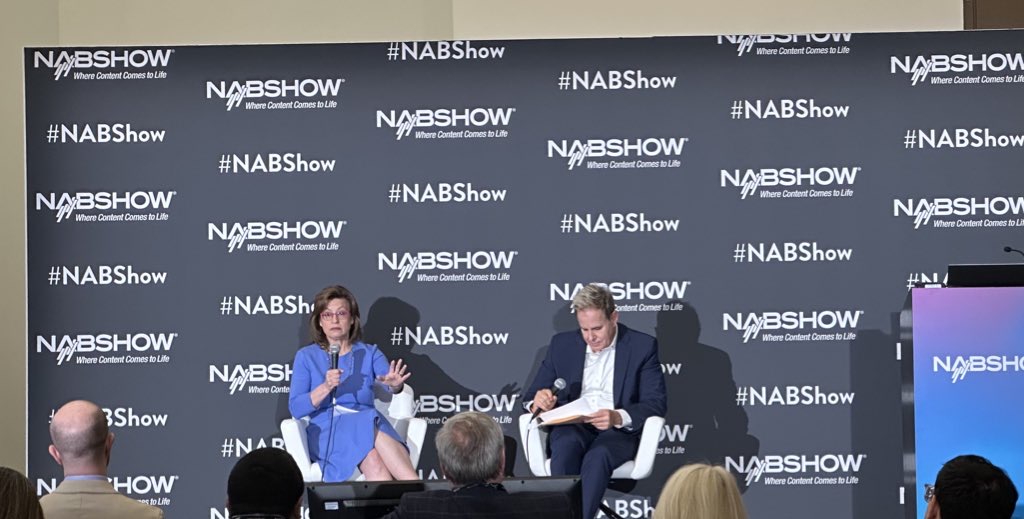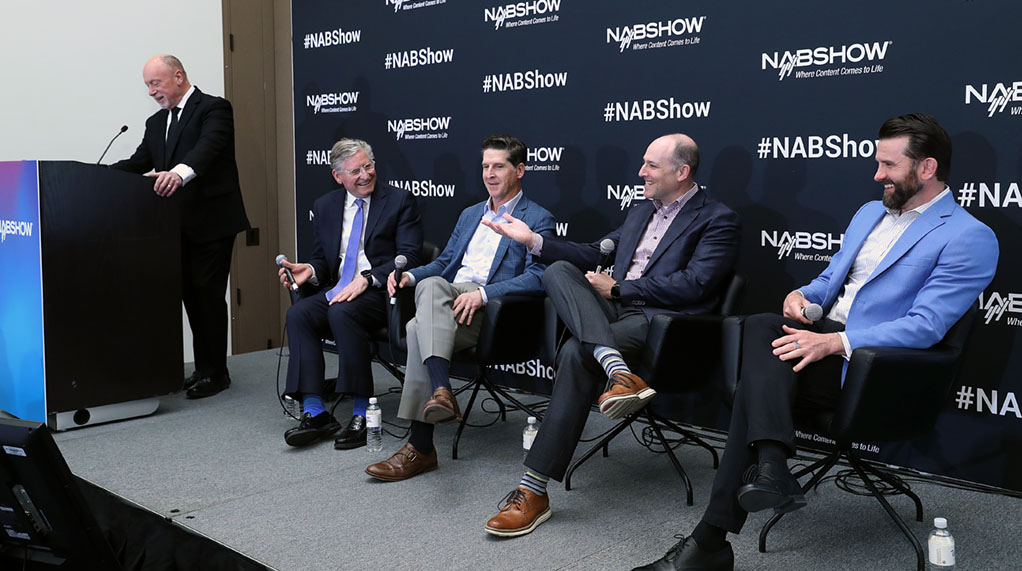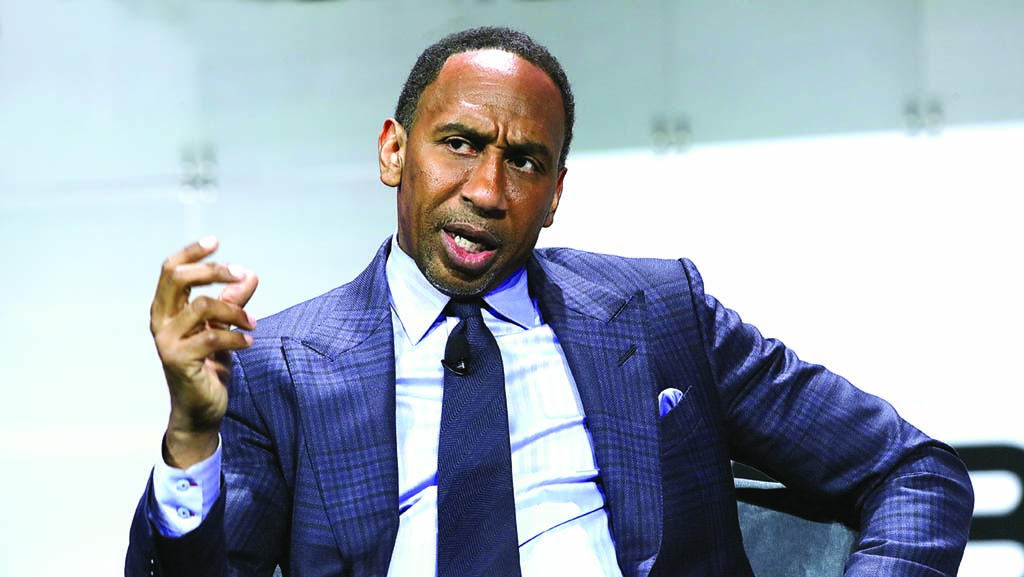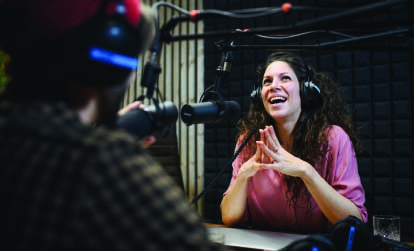ATSC 3.0 Roadshow Aims to Teach Station Engineers Basics of Next Gen TV
LAS VEGAS—If ATSC 3.0 is to make a successful transition from the standardization process and trial stations into the mainstream, the broadcast engineers responsible for their stations’ technical infrastructure and over-the-air signal delivery will be the ones to whom the responsibility falls.
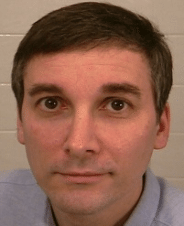
Recognizing the critical role of these broadcast engineers, the IEEE Broadcast Technology Society and Gary Sgrignoli, a principal at broadcast technical consultancy Meintel, Sgrignoli & Wallace, are organizing the ATSC 3.0 Roadshow—the Next Gen TV successor to the 10-year-long effort Sgrignoli undertook with his DTV Roadshow to educate engineers about digital TV transmission.
“The goal is to help spread understanding of the Next Generation standard down from the people who were involved in designing it to the people who have to implement and maintain it,” says Bill Hayes, director of engineering and technology at Iowa Public Television and past president of the IEEE BTS.
Hayes, who was serving as organization president at the time, suggested Sgrignoli initiate a second round of roadshows with the backing of the society to educate broadcast engineers on the physical layer of Next Gen TV, he says.
Sgrignoli will take his one-day Next Gen class to Las Vegas April 6, from 9 a.m. to 5:30 p.m., at the Flamingo Las Vegas Hotel—the official kickoff of his ATSC 3.0 Roadshow after a beta test of the class in Phoenix a couple of weeks ago.
“The goal is for people to get the fundamentals of 3.0 and understand it,” says Sgrignoli. “It is far more complicated [than ATSC 1.0] because it is more capable, flexible and extensible. With that comes a lot of decisions because you have so many different parameters to choose.”
With that knowledge of 3.0 basics, broadcast engineers will be equipped to continue reading and learning on their own after completing the seminar, he adds.
Get the TV Tech Newsletter
The professional video industry's #1 source for news, trends and product and tech information. Sign up below.
The day is divided into four units, including a system overview of 3.0; a look at the Next Gen digital transmission system, including details about the physical layer; optional 3.0 technologies and recommended practices, including Mod-Cod parameter selection; and a review of 3.0 lab tests and field tests, says Sgrignoli.
Beyond the NAB Show-timed class, the ATSC 3.0 Roadshow is scheduled for May 31—the day after the ATSC Annual Meeting—in Washington, D.C., at PBS headquarters and Aug. 20 in Alabama, although a city has not been announced as of this writing.
“We are pulling together the schedule for the rest of the year at the moment,” says Hayes. “We are trying to get 12 done, averaging one per month.”
While Sgrignoli has experience educating broadcast engineers about a new digital transmission standard that spans a decade, there is an important difference this time around, he says. “Back in the day, it was mandated that broadcasters convert to digital; this time it’s not. So, we are going to see what interest there is and what timeframe that takes,” says Sgrignoli.
Without a mandate and a deadline, it is possible there could be a rush to Next Gen TV that compresses the roadshow schedule when compared to Sgrignoli’s initial efforts, says Hayes. “Whereas Gary’s original program was sort of done on an as-needed basis, more by local SBE chapters and SMPTE chapters and other organizations, this one needs to get out in a hurry because 3.0 could happen a whole lot faster than DTV ever did, and it could happen in places where we least expect it,” says Hayes.
Another difference is the depth of the 3.0 standard. It’s entirely possible that a series of ATSC 3.0 Roadshows ultimately will be needed to examine the multiple, different aspects of the standard for station engineers, but that is a decision for the future, says Sgrignoli.
For the moment, however, the one-day seminar is focused on the physical layer so that broadcast engineers can address getting 3.0 on air at the most fundamental level, he says.
An ATSC 3.0 Roadshow syllabus is available online. To register for the Las Vegas coarse visit the IEEE BTS website.
For a comprehensive source of TV Technology’s ATSC 3.0 coverage, see ourATSC3 silo.
Phil Kurz is a contributing editor to TV Tech. He has written about TV and video technology for more than 30 years and served as editor of three leading industry magazines. He earned a Bachelor of Journalism and a Master’s Degree in Journalism from the University of Missouri-Columbia School of Journalism.

